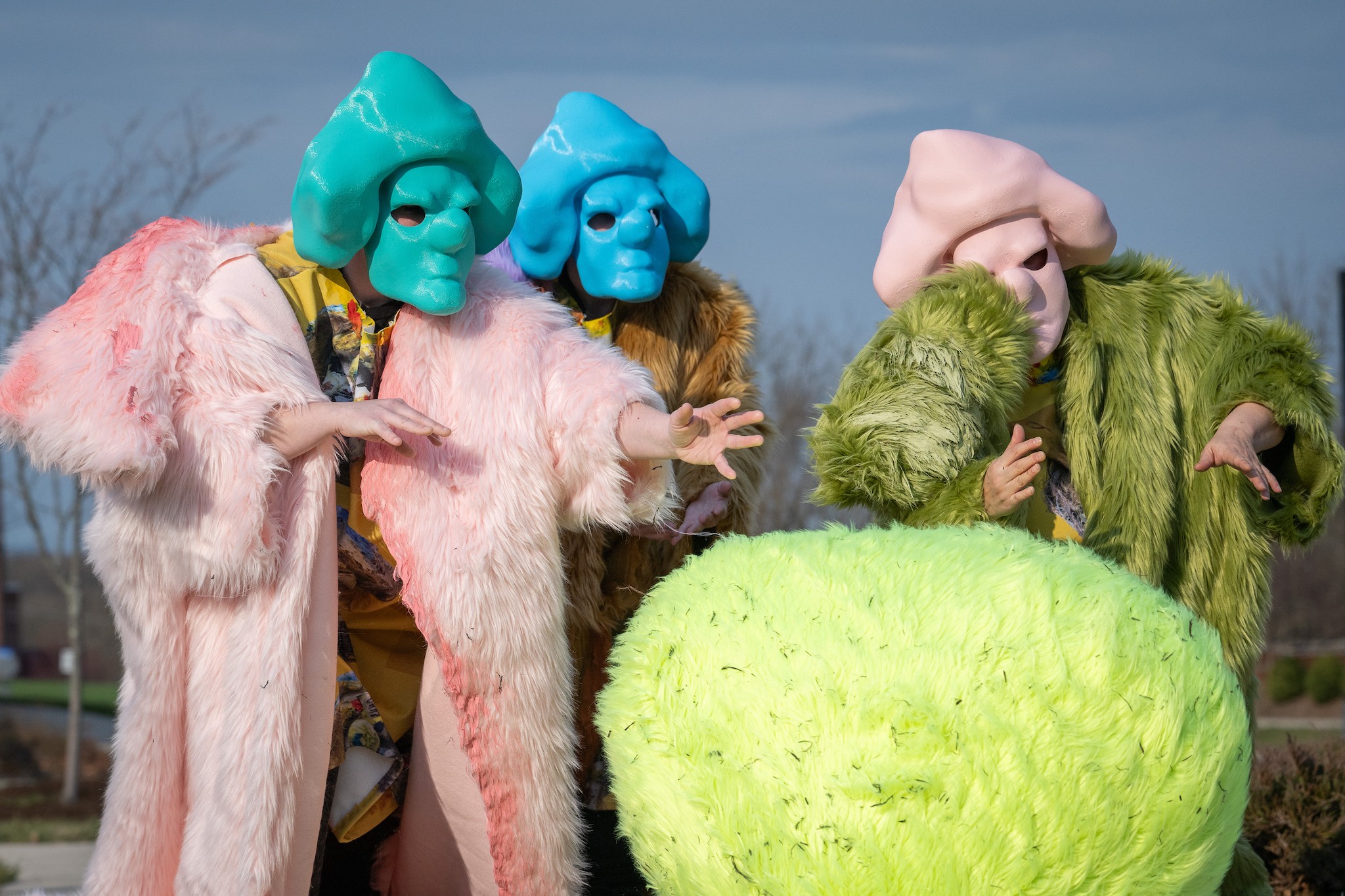We caught up with the brilliant and insightful Katya Grokhovsky a few weeks ago and have shared our conversation below.
Katya, thanks for joining us, excited to have you contributing your stories and insights. What did your parents do right and how has that impacted you in your life and career?
My parents encouraged my creativity from a very early age. As an only child, I lived inside my own imaginary worlds, drawing on everything, collecting strange objects, inventing stories, staging absurd plays, and directing other children. For a period, I didn’t speak; I was extremely quiet and observant, focused on my inner world while studying the external. Instead of trying to change me, my parents nurtured these traits. They enrolled me in art classes at age five and later sent me to an art school for children in Ukraine.
I feel they also instilled in me the values of hard work. My mother, a librarian, gave me a love of culture, reading, and art. My father, an engineer, taught me how to fight for myself, as well as persistence, and tenacity. I’m sure they hoped I would choose a more stable path, a reliable career, income, and family, but when I declared that I would become an artist and eventually move to New York to pursue it on my own, they stood by me.
Over time, I invited them into my work: collaborating with my father on early installations during my undergraduate years in Australia, later creating performative videos with both of them, and more recently incorporating their objects and memorabilia. The greatest gift they gave me was the freedom to develop in my own way, without forcing me into the rigid rules of society, especially those often imposed on women, and for that I am forever grateful.

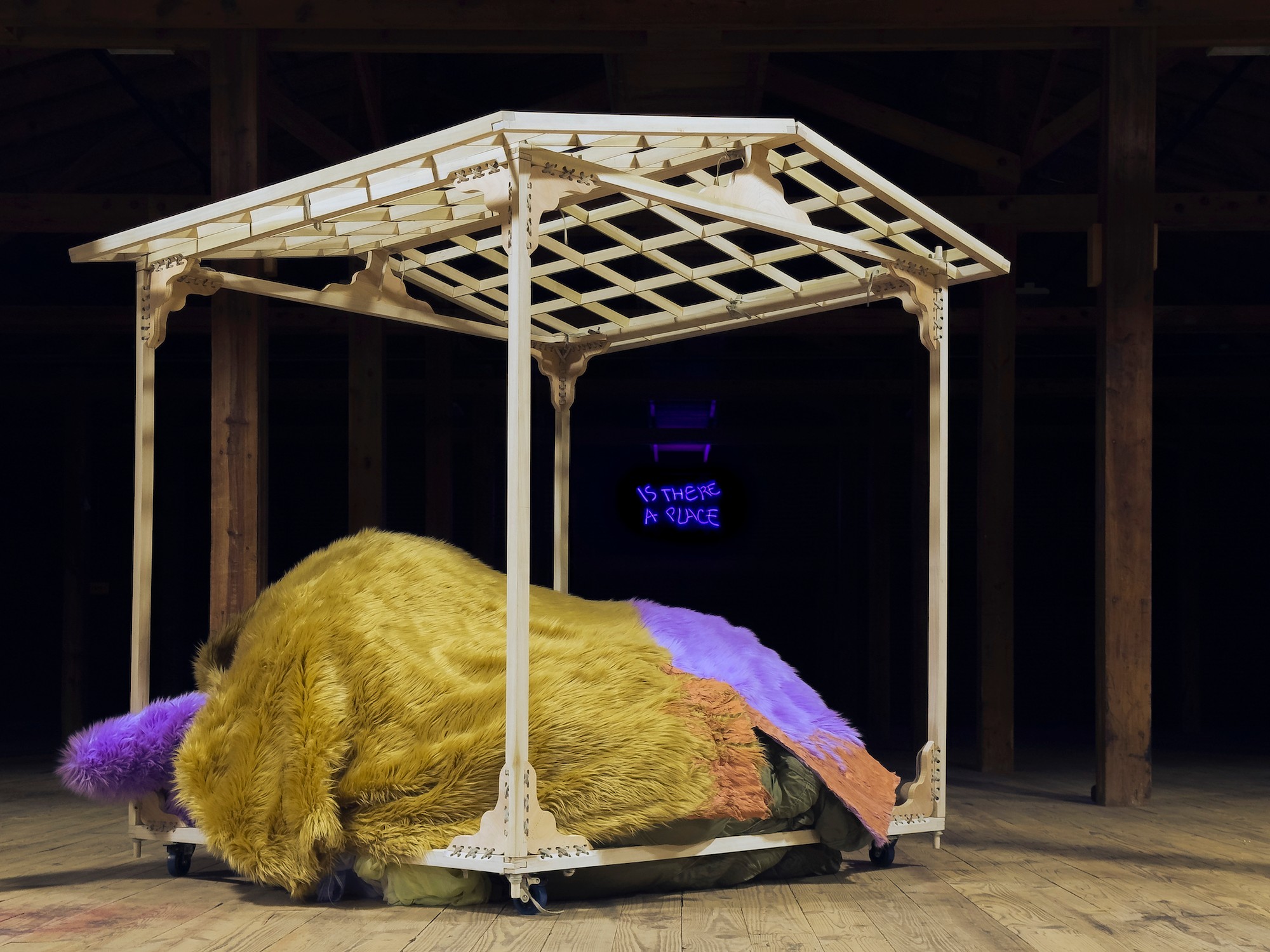
As always, we appreciate you sharing your insights and we’ve got a few more questions for you, but before we get to all of that can you take a minute to introduce yourself and give our readers some of your back background and context?
I am a Ukrainian-born, New York City–based visual artist, educator, and Founding Director of The Immigrant Artist Biennial. My practice spans installation, sculpture, painting, performance, video, and fiber, through which I explore themes of displacement, identity, memory, labor, and the body.
I create exhibitions, performances, and large-scale installations that often weave together family archives with found and discarded materials. I am drawn to what is overlooked or forgotten: objects, histories, past homes, desires, memories of migration, and to how these live within the body. My work does not offer easy answers; instead, it creates spaces where you can confront the absurdities of life, while also finding humor, play, and common ground.
In addition to my studio practice, I am the Founding Director of The Immigrant Artist Biennial (TIAB), a platform amplifying immigrant voices in contemporary art. TIAB fosters visibility, dialogue, and solidarity across borders and disciplines.
I am most proud of uncompromising my vision while also building projects that build community. My practice is situated in what I call ‘double vision’: the peripheral view, the shadow, the other self, the unseen, whilst connecting to the world through possibility and process. It is a laboratory of inquiry, failure, and experimentation. Whether through deconstructed materials, unusual combinations of mediums, site-responsive installations that address history and locality, or performances that question social constructs, I aim to transform personal and invisible into universal.
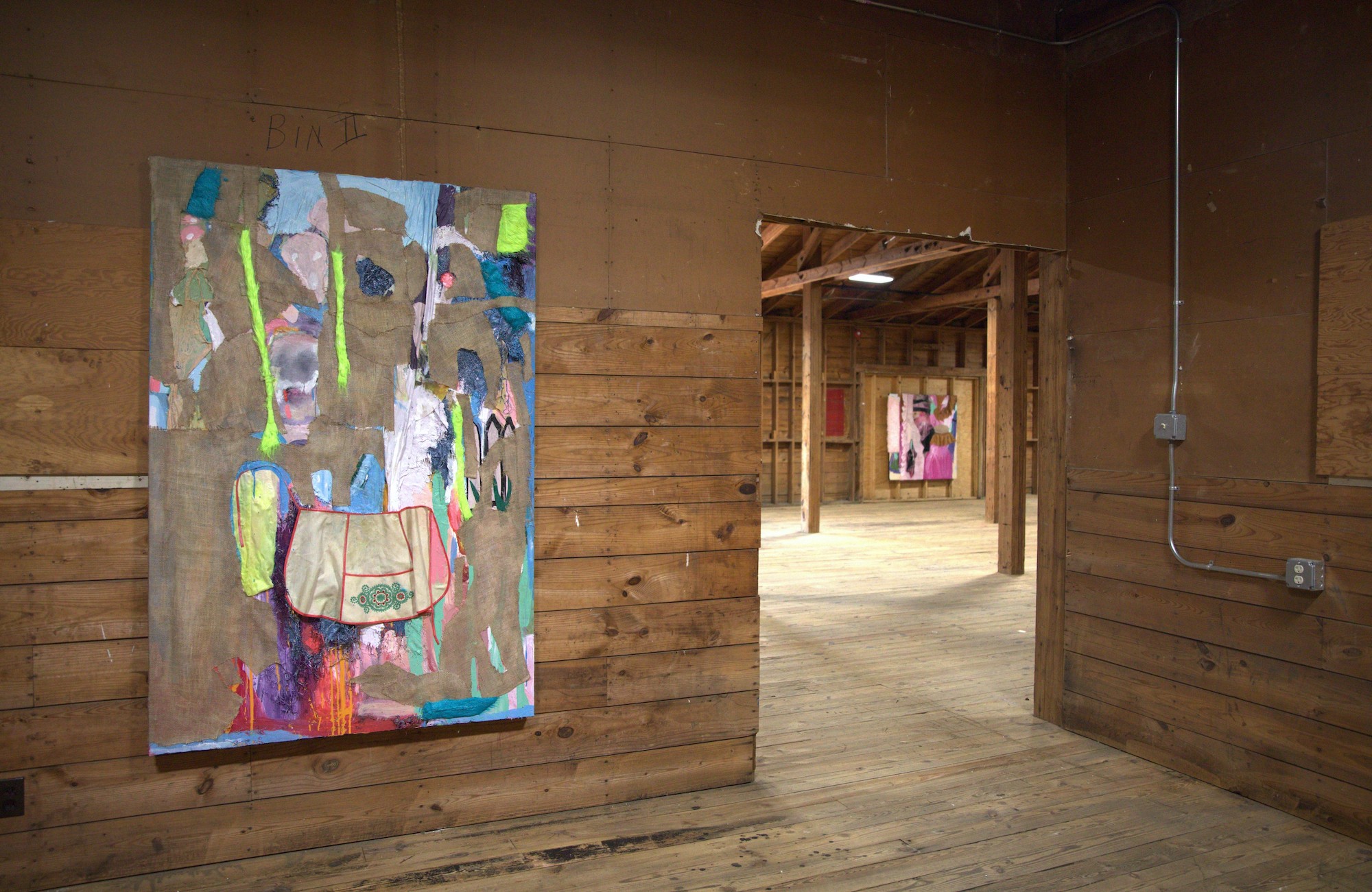
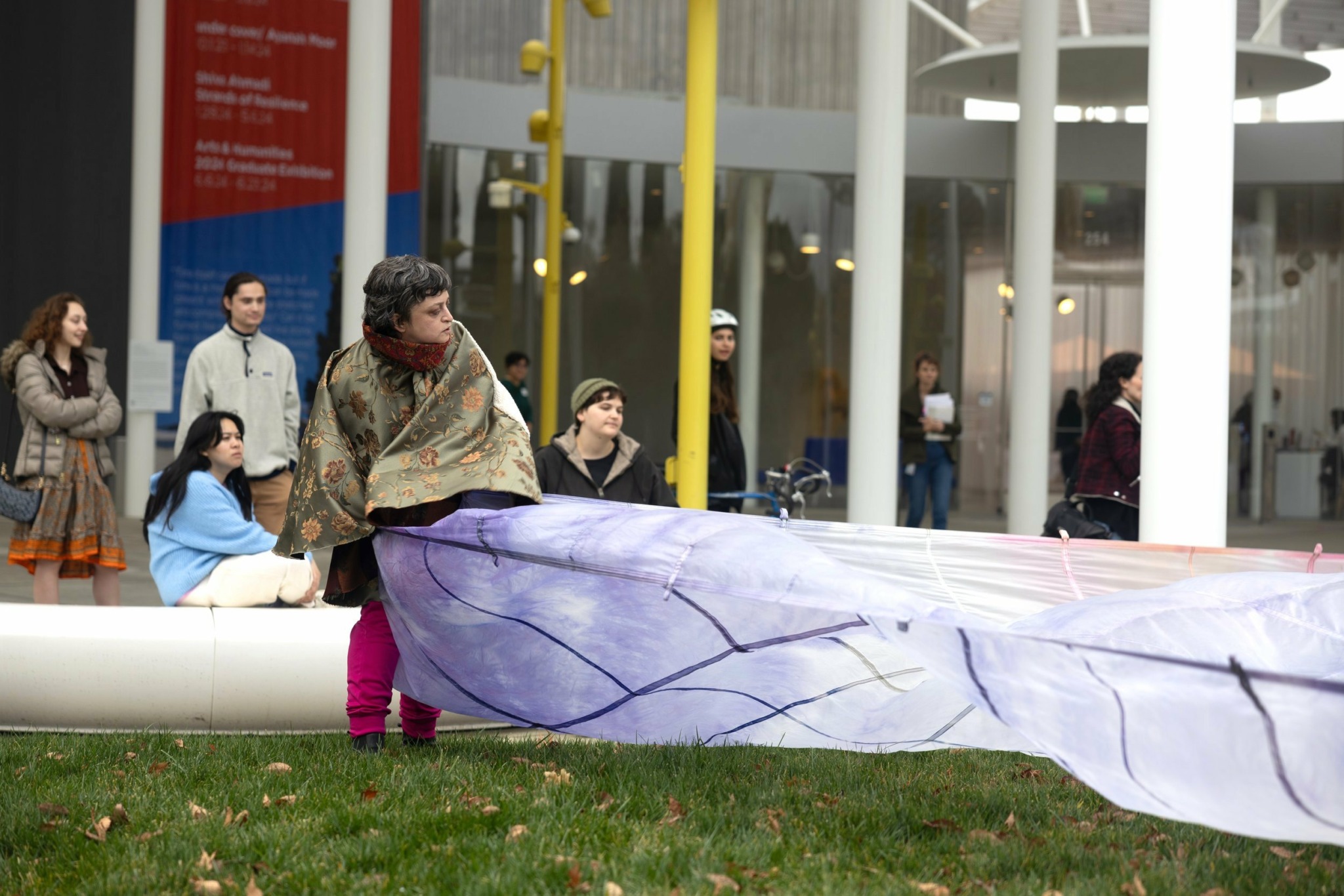
How can we best help foster a strong, supportive environment for artists and creatives?
In my opinion, to fully support artists and a thriving creative ecosystem, society must first recognize art as essential cultural labor, not a luxury. This means committing to sustainable funding structures, equitable compensation, and accessible platforms for artists across disciplines and backgrounds. People forget that artists are human mortal beings, we have bodies, and we need care, proper compensation, benefits, community and support.
We need greater investment in public programs, grants, and residencies, especially those that center underrepresented and immigrant voices. Institutions must move beyond tokenism toward genuine, long-term engagement with diverse communities. They should be hospitable, welcoming, and respectful. Being an artist is already an extremely difficult path: we don’t need institutions making it even harder. The arts should be embraced, not excluded, from every aspect of life, including education. We must protect arts programs in schools and colleges and teach the public to value cultural production as integral to democracy, critical thinking, and collective living. Supporting artists comes down to trust and respect at every level. Let artists take risks, fail, experiment, and imagine alternative futures for us all. We will all benefit.

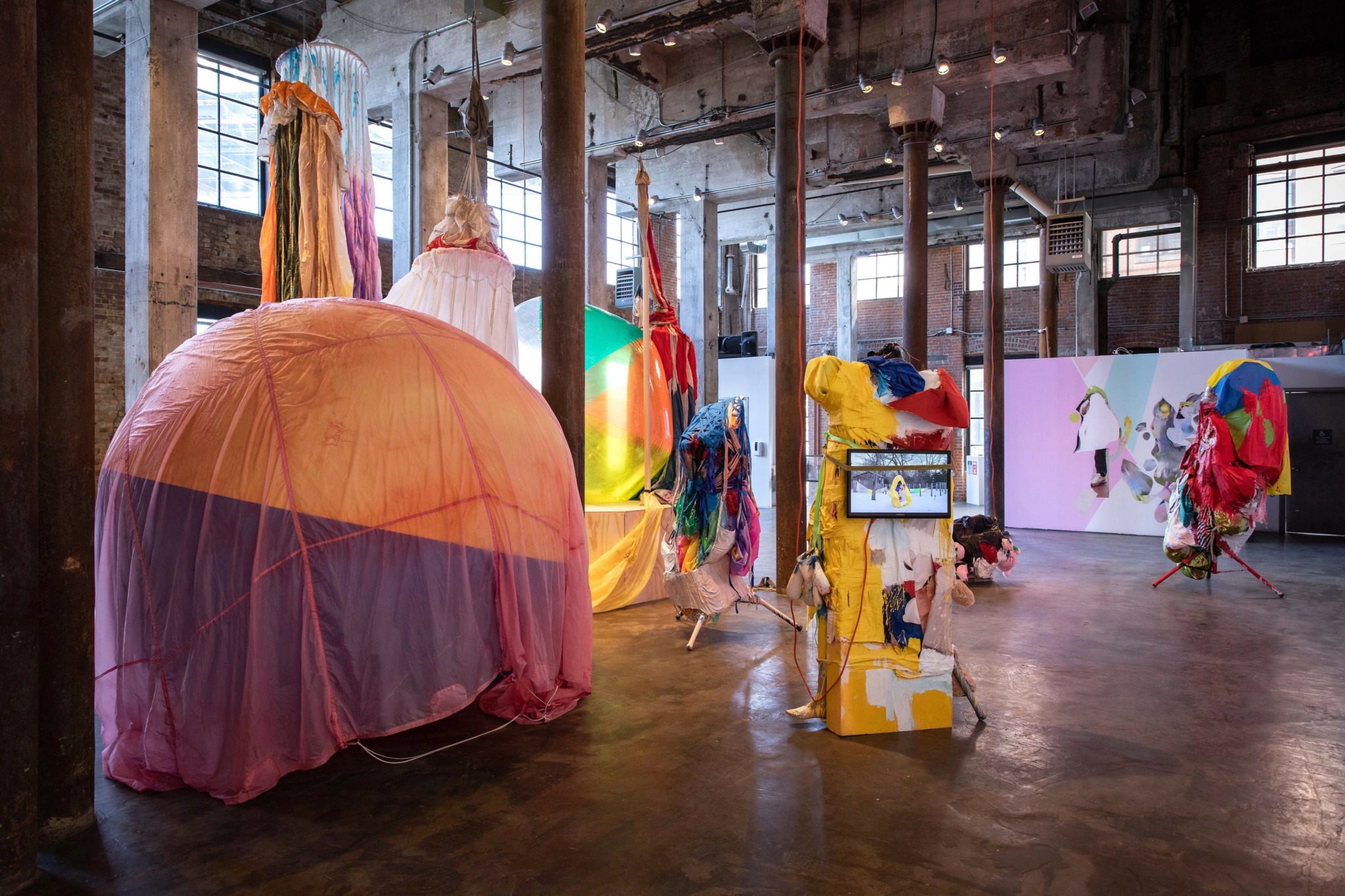
For you, what’s the most rewarding aspect of being a creative?
For me, the most rewarding aspect of being an artist is that it gives me a way to be somewhat free: to uncover who I am in the world, to reclaim what migration took away, and to live as I choose. Leaving Ukraine, I lost a language, a home, and a sense of belonging. Art became the space where I could gather all of that under one umbrella and shape my own country. It is protection, an island, a safe harbor, and my life.
When I arrived in Australia as a teenager, I felt out of place and disconnected. Through my work, I slowly built a world for myself, and that process became the foundation of my practice. My work allows me to turn experiences of longing, loneliness and loss into moments of healing, play, visibility and connection.
When there are sparks of recognition or dialogue, those are the moments of humanity I value most. They are a reminder that art can shift perspectives and open new ways of being together in this brutal world!
Contact Info:
- Website: https://www.katyagrokhovsky.net/
- Instagram: https://www.instagram.com/katyagrokhovsky/
- Facebook: Katya Grokhovsky
- Linkedin: Katya Grokhovsky
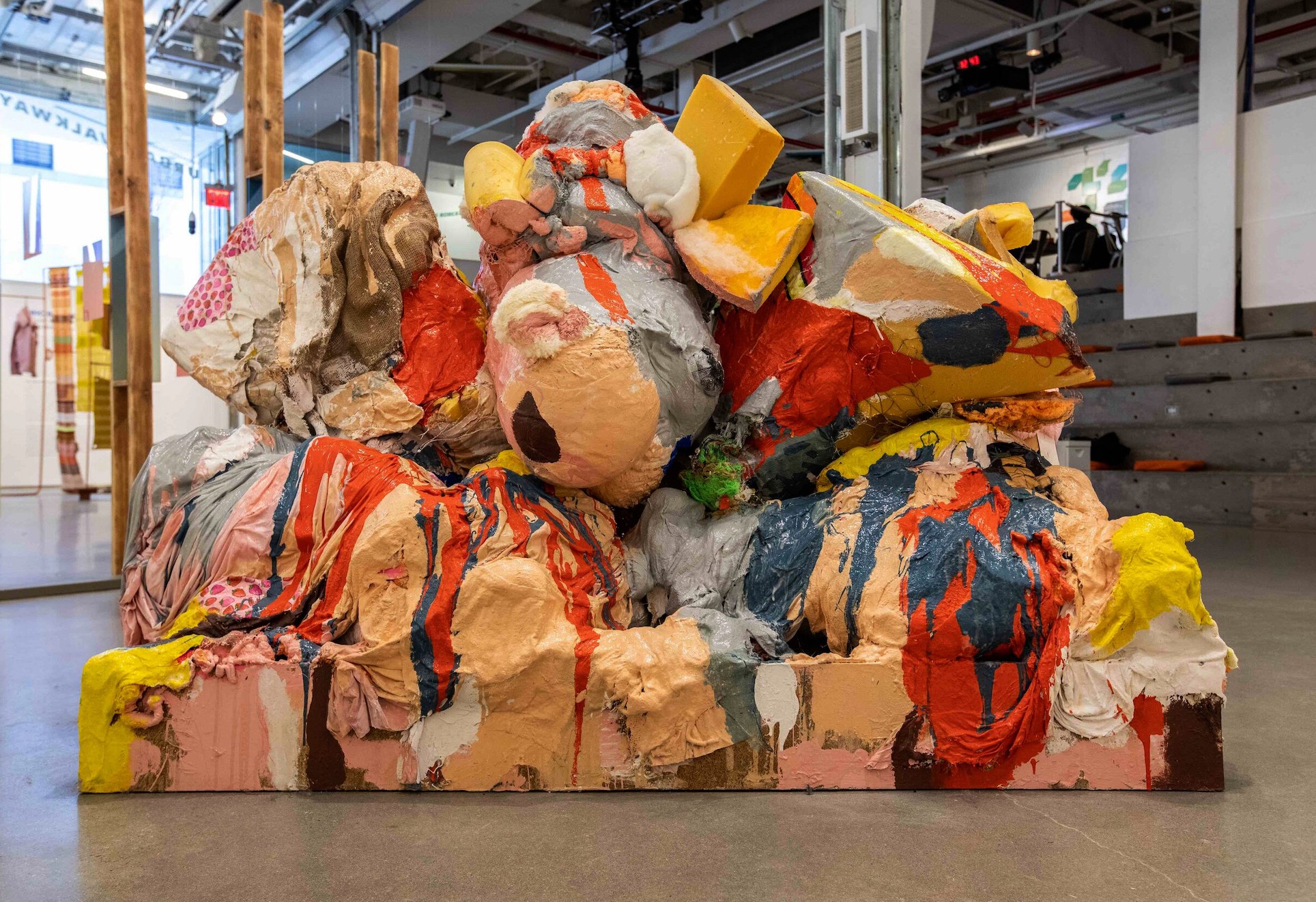

Image Credits
Title image:
Katya Grokhovsky, Bad WOMAN, 2024, photo Photo Jeffrey Burrell
Images 1-8:
1. Katya Grokhovsky, Common Language, 2025, photo Bryan Esler
2. Katya Grokhovsky, Is There a Place, 2024, photo Alex Dotulong
3. Katya Grokhovsky, Hers, 2024, photo Heli Mistry
4. Katya Grokhovsky, Between Earth and Sky, 2023, photo Bea Augustin
5. Katya Grokhovsky, Point A, 2022, photo Walter Wlodarczyk
6. Katya Grokhovsky, Fantasyland, 2021, photo Walter Wlodarczyk
7. Katya Grokhovsky, The Future is Bright, 2019, photo Walter Wlodarczyk
8. Katya Grokhovsky, System Failure, 2018, Walter Wlodarczyk


